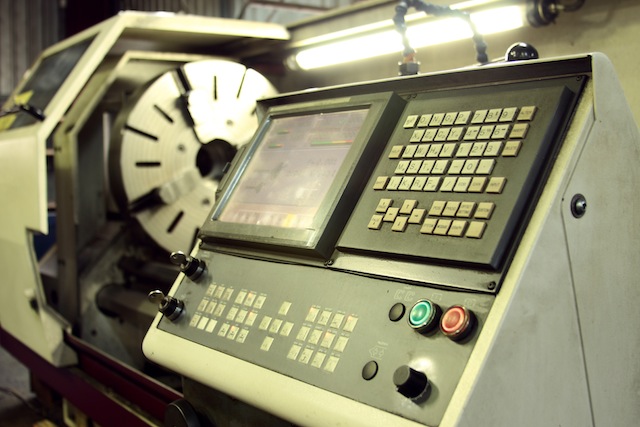In the 1980s General Electric, like most US companies, sent most of its appliance manufacturing offshore.
Now its coming home.
The Atlantic Magazine looks at how General Electric is resuscitating manufacturing at Kentucky’s Appliance Park as management finds US workers are more skilled and productive than their equivalents in Mexico or China.
An important part of the article is how critcal supply chains are; manufacturing hubs rely upon having a community of skilled service providers and suppliers around the factories while being close to customers improves and simplifies logistics.
In the latter case, it now take hours or days to deliver products to customers’ stores or warehouses rather than the five weeks it takes from China.
The cost of those goods is lower too, the Kansas made GeoSpring heater sells for $1299 while the Chinese product sells for $1599.
What is most notable though is how designers and managers now have a better understanding of the manufacturing process; where under the oustourced model the difficulties in assembly were none of their business, now they are far more deeper and directly involved.
This really goes to the core of what an organisation does – in the 1980s it was fashionable to talk of the “virtual corportation” where everything the business did was outsourced except for the managers who were employed solely to pocket their bonuses.
In the 1990s and early 2000s that “virtual corporation” became a reality as manufacturing and customer support were offshored and logistics was outsourced.
One of the best examples was customer support where looking after the needs of those who buy the company’s products were secondary to the need to cut costs.
This focus on cost cutting over customer service hurt Dell badly in the 2000s and it continues to hurt many organisations – particularly telcos and banks – today.
The weakness in the “virtual corporation” model was the company ended up adding little more value than the brand name and eventually those offshored manufacturers and call centres took control of the business’ goodwill and intellectual property.
Eventually the hidden costs of offshoring became too obvious for even the most craven, KPI driven manager to ignore and suddenly manufacturing in the Western world became competitive again.
Sadly, the fixation on dirt cheap labour has damaged many industries beyond the point where they can be salvaged with too many skilled workers lost and the ecosystem of capable suppliers destroyed. These are costs where tomorrow’s managers will rue the short sighted actions of yesterday’s corporate leaders.

Leave a Reply